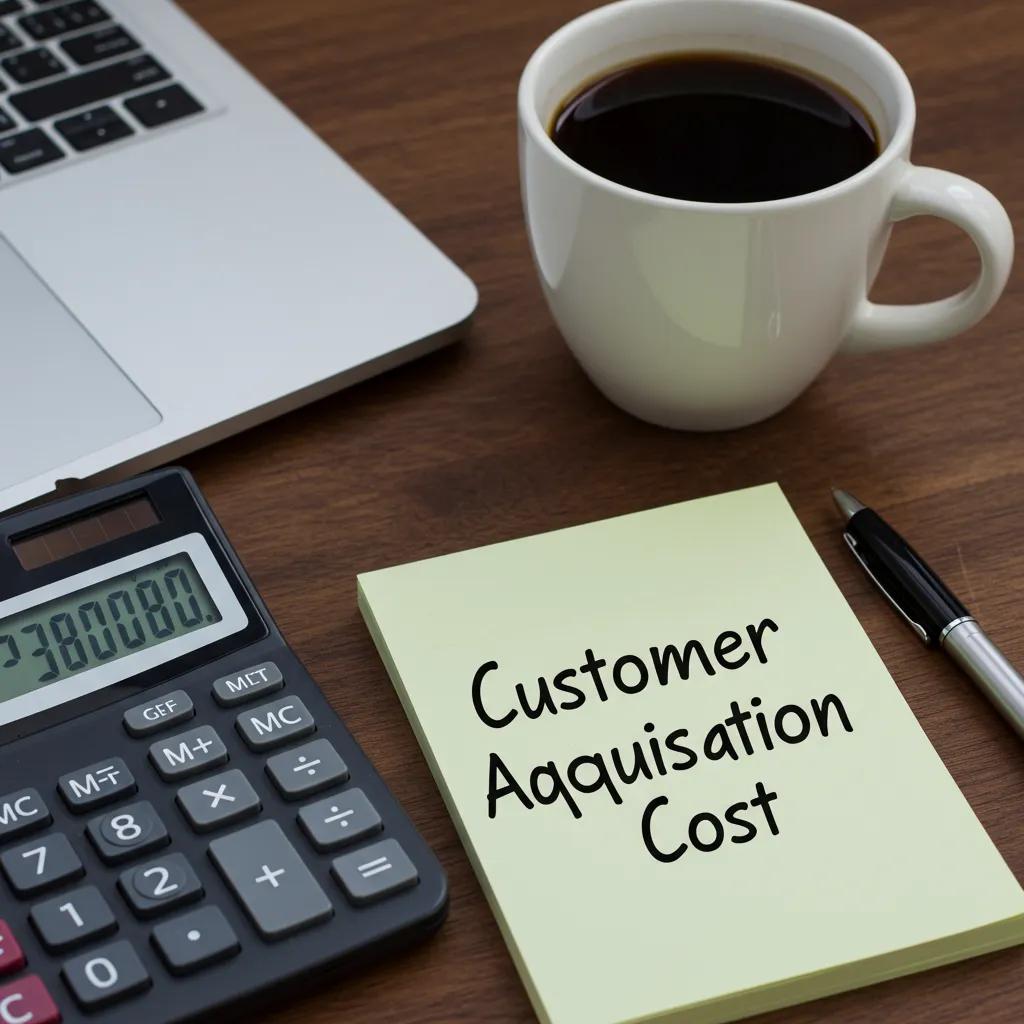Key eCommerce Growth Metrics to Track for Sustainable Business Success
Tracking the right eCommerce performance indicators unlocks sustainable revenue growth by turning data into decisive insights. In this guide, you will discover the foundational metrics every online business owner must monitor, step-by-step calculation formulas, industry benchmarks, and advanced optimisation tactics that drive profitability. We’ll cover Customer Acquisition Cost (CAC), Customer Lifetime Value (CLV), Conversion Rate, Average Order Value (AOV), Cart Abandonment Rate, Return on Ad Spend (ROAS), supplementary metrics, and the role of AI in metric tracking. As a data-driven eCommerce growth agency, GSM Growth Agency integrates these metrics into custom AI-powered SEO, paid media, CRO and customer lifetime maximisation strategies to help entrepreneurs scale from six to eight figures.
What Are the Most Important eCommerce Growth Metrics to Monitor?
Understanding core metrics gives an immediate snapshot of store health and revenue drivers. These fundamental eCommerce growth metrics measure acquisition efficiency, customer value, on-site performance, and profitability.
Which Key Performance Indicators (KPIs) Drive eCommerce Growth?
Key performance indicators that drive growth include Customer Acquisition Cost, Customer Lifetime Value, Conversion Rate and Average Order Value. Each KPI quantifies a critical stage of the sales funnel—acquiring visitors, converting prospects, increasing order spend and retaining customers—providing actionable insight into marketing and operational performance. Monitoring these KPIs ensures targeted optimisation across campaigns and the storefront.
How Do These Metrics Impact Your Online Store’s Revenue and Profitability?
Metrics like CAC and CLV directly influence profit margins: lower acquisition costs and higher lifetime value yield stronger return on marketing spend. Conversion Rate affects the percentage of visitors who become buyers, driving top-line revenue. AOV determines average spend per order, amplifying basket value, while Cart Abandonment Rate flags lost sales opportunities. Together, these metrics form the backbone of revenue and profit planning.
What Are Industry Benchmarks for Essential eCommerce Metrics?

Benchmarks guide realistic target setting. The following table summarises typical values across eCommerce sectors:
These benchmarks reveal optimisation gaps and inform realistic growth roadmaps.
Transitioning from a high-level overview, the next section dives into calculating and reducing Customer Acquisition Cost (CAC) to improve your bottom line.
How to Calculate and Optimise Customer Acquisition Cost (CAC) in eCommerce?

Customer Acquisition Cost gauges how much you invest to win each new customer and directly impacts marketing ROI and budget allocation.
What Is Customer Acquisition Cost and Why Does It Matter?
Customer Acquisition Cost (CAC) is the total sales and marketing expense divided by the number of new customers acquired in a given period. It matters because a lower CAC increases profit margins, enables higher marketing budgets, and supports sustainable scaling.
How Do You Calculate CAC: Formula and Components?
To calculate CAC:
- Sum all marketing spend, including paid ads, influencer campaigns, SEO and content costs.
- Add sales team salaries and associated overheads.
- Divide by number of new customers acquired in the same timeframe.
Formula:




